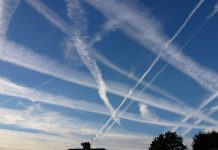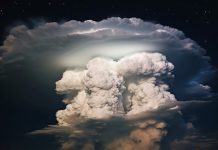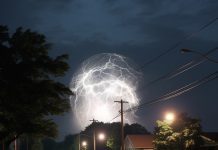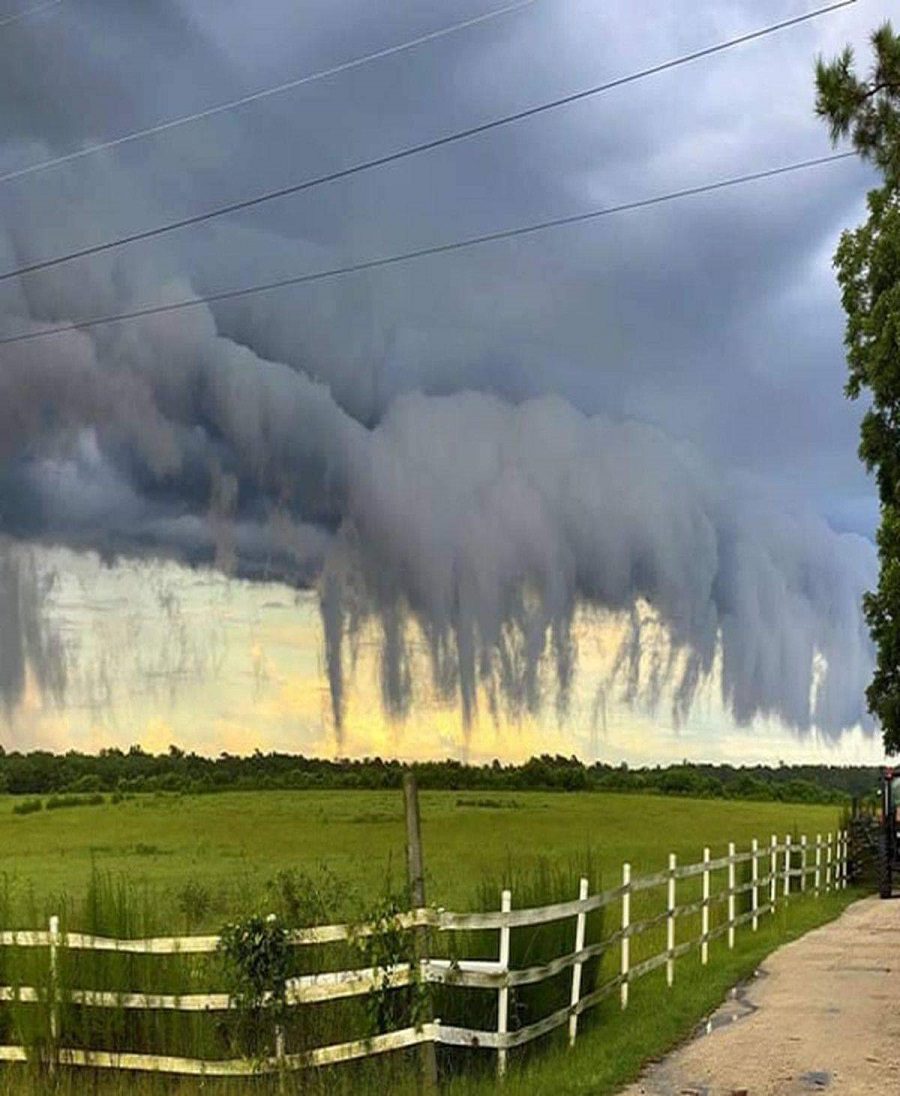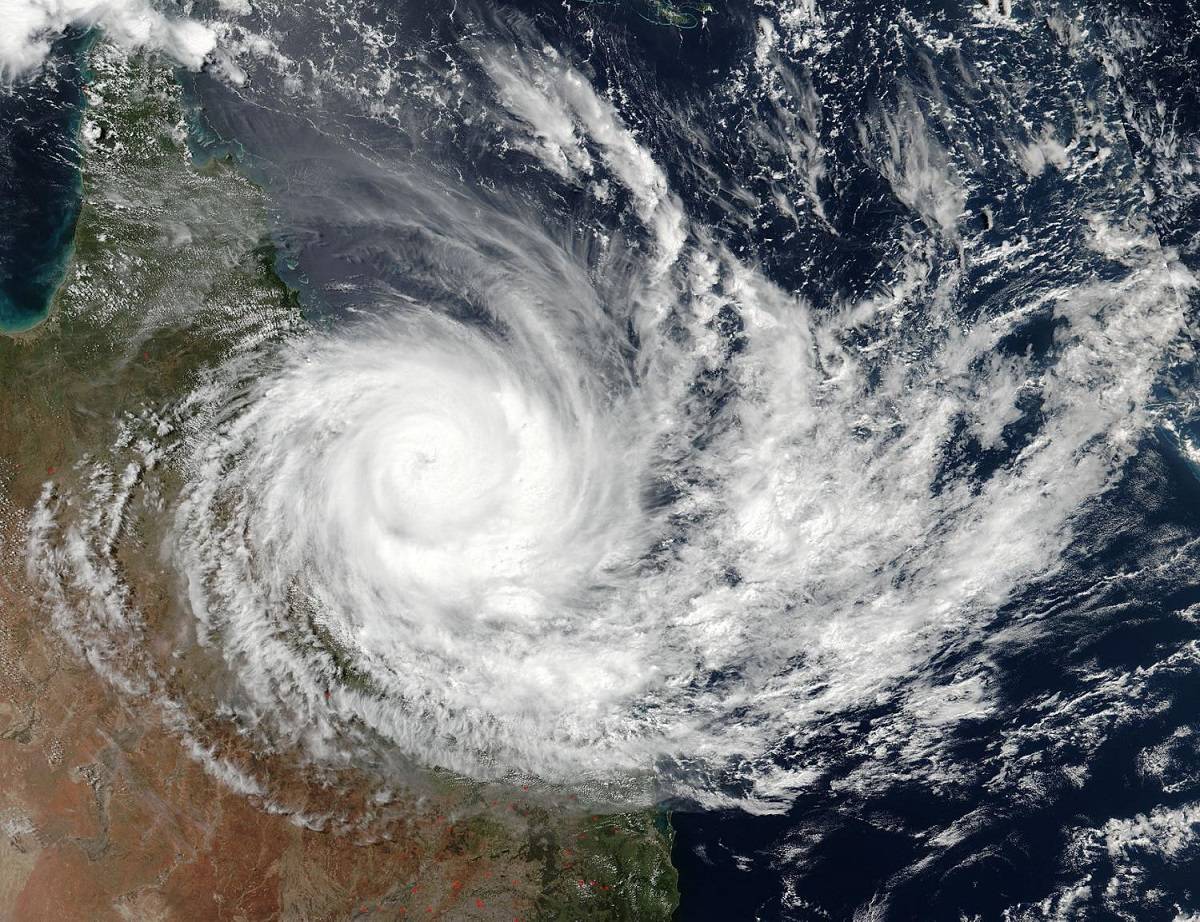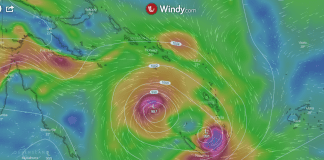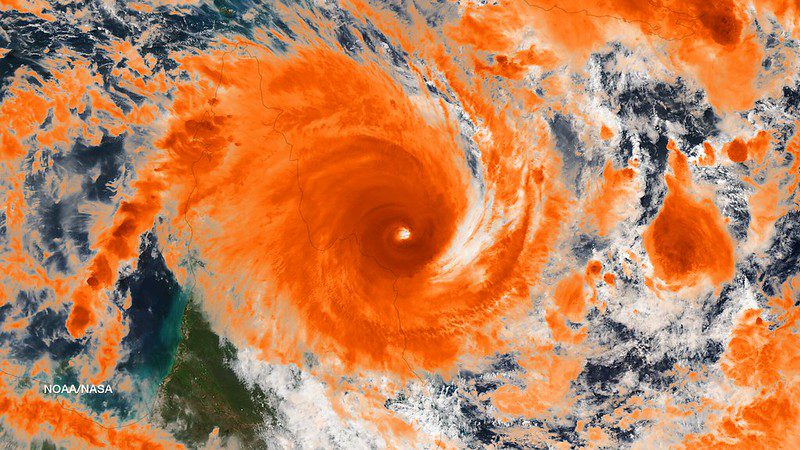
Tropical Cyclones are some of the most powerful weather phenomena on Earth. This blog will discuss tropical cyclones in detail, from their definition to what happens during and after them. Be aware and stay safe!
Tropical Cyclones Defined
Cyclones form over tropical oceans, drawing energy from the warm water. They are powerful rotating storms that can cause extensive damage. The name “tropical cyclone” is generic and refers to any storm with organised convection (a non-frontal synoptic scale) over tropical or sub-tropical waters.
Cyclones are a type of storm that typically occur in the tropics, around 25 degrees north or south of the equator.
They are low-pressure systems that form over warm tropical waters. They typically form when the sea surface temperature exceeds 26.5 degrees Celsius but can also form in colder waters.
They can cause extensive damage to land and property and loss of life. If you’re concerned about a possible storm, stay informed by following updates from weather agencies. In the meantime, keep yourself and your loved ones safe by following storm-preparedness tips.
Classification of Tropical Cyclones Winds
Tropical cyclones are low-pressure systems that form over warm tropical waters. They can be classified based on their maximum sustained wind speed, an average wind over a time ranging from 1 to 10 meters.
The classification of a tropical cyclone is based on its maximum 10-minute mean wind near the centre (Tropical Depression, 41 to 62 km/h; Tropical Storm, 63 to 87 km/h; Tropical Cyclone, 88+ km/h). The ten-minute average wind near the centre is also used for classification purposes.
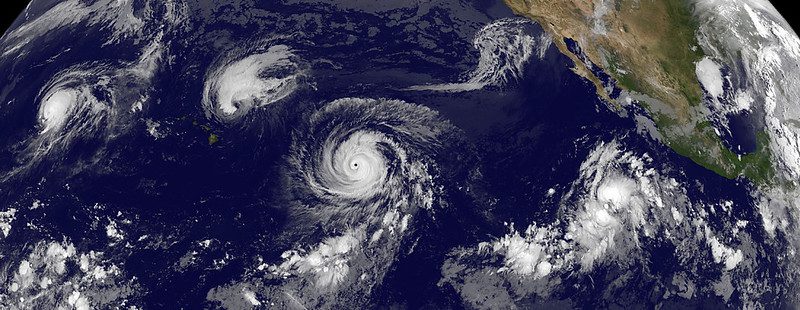
Duration of a Tropical Cyclone Event
Tropical cyclones have a distinct life cycle of approximately 4-7 days, with some weak ones only reaching gale force briefly, while others can be sustained for weeks. During the tropical cyclone season, which usually lasts from November to April, tropical cyclones threaten northern Australia.
The life cycle of a tropical cyclone is based on how strong it will become. Some weak storms will only briefly reach gale force and last about 2-3 days. Stronger storms can last up to 7 days and pose a more significant threat to northern Australia during the season’s peak (between January and March).
However, even these long-lived storms can often dissipate rapidly once they move into colder waters further south and unfavourable conditions. They then may become East Coast lows or subtropical cyclones.
How Does a Cyclone Form?
What causes tropical cyclones to develop? Over warm tropical seas, a cluster of thunderstorms might form. That cluster might begin to spin if it persists in a low-pressure region. The cluster of thunderstorms may expand in size and stay that way if the conditions are right, eventually becoming a tropical cyclone.
Different conditions (such as warm waters) need to be present for a tropical cyclone to form—these storms can form over warm oceans near the equator or in low-pressure zones near continents.
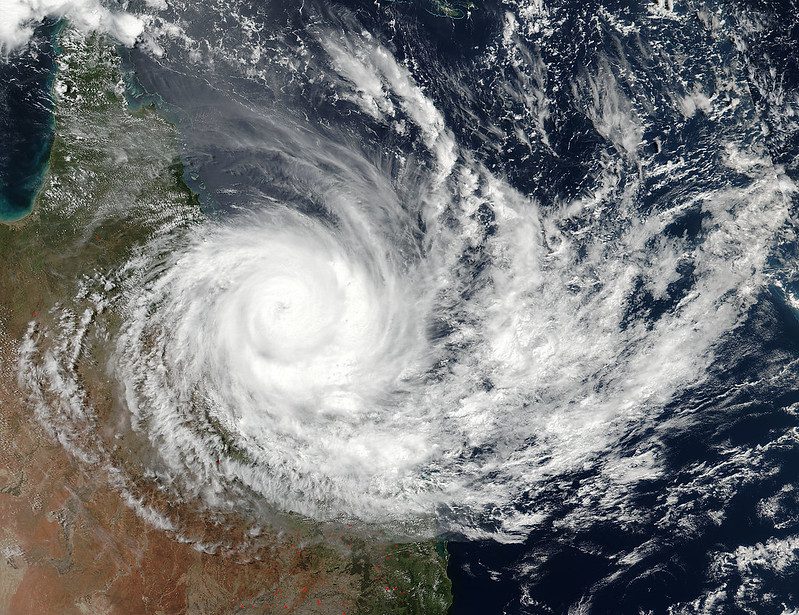
Causes of Tropical Cyclones
Many different factors contribute to the development of tropical cyclones. One of the most important is the convergence and rising of moisture-laden air. This can lead to torrential rains, which can be as severe as possible.
Tropical cyclones are one of the most dangerous natural threats to people yearly, causing considerable loss of life and severe environmental damage. They can also cause increased cases of drowning and other physical trauma and an increased risk of death.
When energy released by condensation in moist air causes a positive feedback loop over warm ocean waters, tropical cyclones form, because we see more frequent storms due to Earth’s increasing temperatures, this phenomenon is becoming more common!
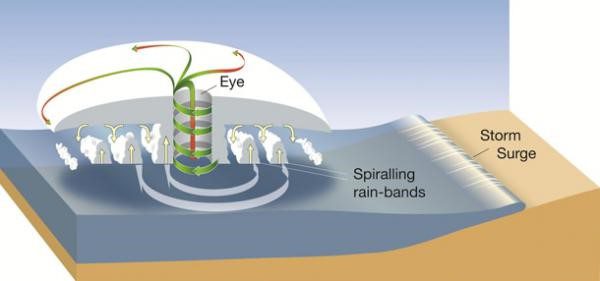
Effects of Tropical Cyclones
Tropical cyclones bring a mix of dangerous winds, rain, and waves. Here are some of the most common effects:
- Wind speeds can be very high, reaching up to 275 km/h+ (170 mph)!
- Torrential rain can cause flooding in low-lying areas.
- Waves can reach heights of more than 10 m (33 ft).
- Storm surges and coastal flooding may occur near landfall.
- Tornadoes and waterspouts can also form during a TC.
How Do We Know That a Tropical Cyclone is Forming?
The key to knowing that a tropical cyclone is forming is looking for certain signs. The eye, a central region of clear skies and warm temperatures, is one of the most common signs.
The eyewall, where winds are strongest, and rainfall is heaviest, also often appears in this area. Meanwhile, rainbands can be seen as secondary cells that spiral into the storm’s centre. All three features are common identifiers for a cyclone brewing up!
What happens during and after a tropical cyclone?
When a tropical cyclone forms in the tropics, it can bring powerful wind and waves. While most of the damage is caused by secondary events such as storm surges and flooding, winds can be very destructive too.
Tropical cyclones are accompanied by storm surges worldwide, which can form from intense low-pressure systems elsewhere on Earth. One of the most damaging effects of a tropical cyclone is its wind – if conditions are right, strong gusts can turn loose items into deadly projectiles that cause additional building damage.
What should you do if you are in a tropical cyclone warning zone?
If you live in a tropical cyclone warning zone, it is crucial to prepare for the arrival of a cyclone. Ensure all screens are closed and windows are boarded up, and prepare an emergency kit in case of storm surge or tide warnings. If a cyclone threatens your community, prepare to evacuate and give yourself enough time to pack.
If you are in a tropical storm watch or warning zone, monitor conditions and follow the advice of local officials. If conditions change for the worse, evacuate as soon as possible.
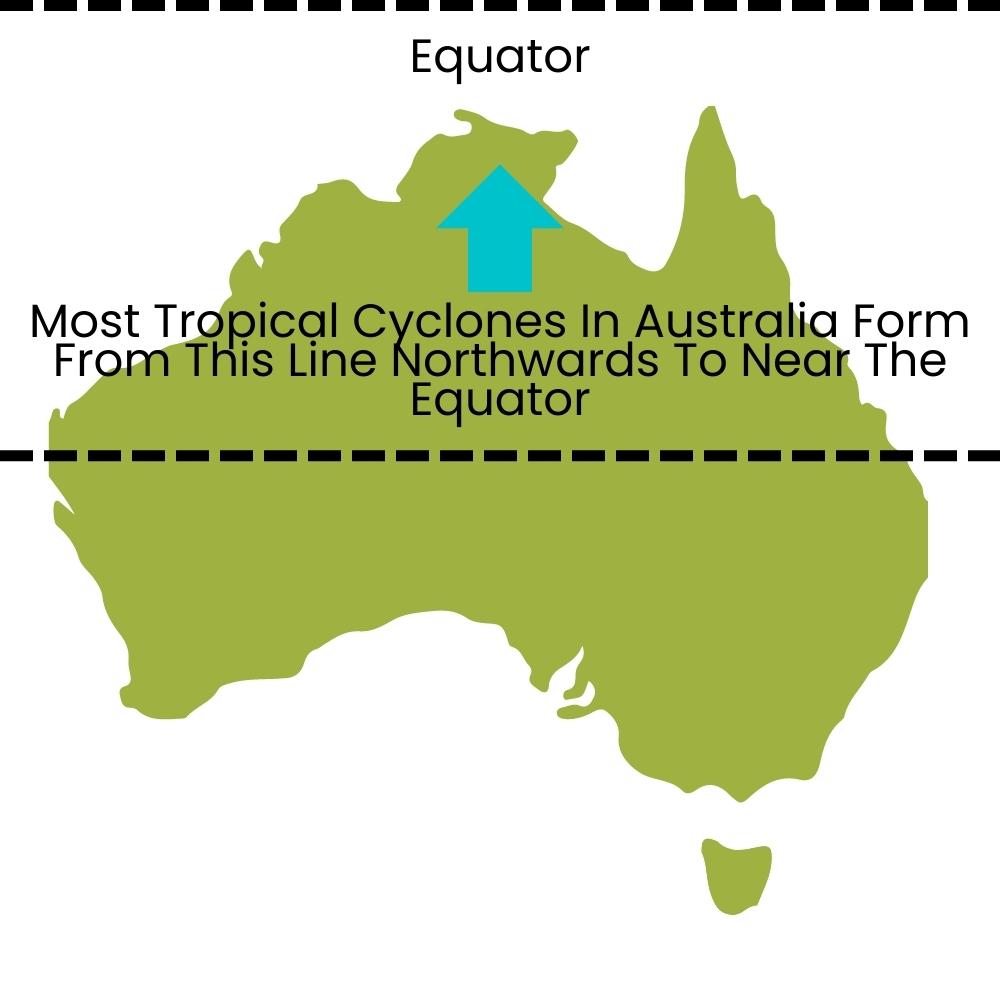
When will I be in danger?
You should keep a few things in mind if you find yourself near a tropical cyclone at landfall. Firstly, be aware that you may be in danger if the storm makes landfall. If this is the case, take shelter immediately by seeking refuge indoors or under sturdy trees.
Make sure to stay there until the storm has passed – even if it means staying overnight. To ensure your safety during these dangerous times, it is crucial to listen to local officials for updates on conditions as they unfold and make informed decisions about what steps to take next.
Doing so can reduce your chances of being harmed or losing anything precious – including your life!
See Current Tropical Cyclone Warnings and track Maps here.
How to prepare for a tropical cyclone
When preparing for a tropical cyclone, you must know what your specific region is typically prone to.
So if you live in one of these areas – or anywhere that may be vulnerable – you must take steps now to prepare for the worst. This includes ensuring your home is built with cyclone-resistant features, stocking up on supplies (including flashlights, batteries, and food), and being aware of potential hazards such as flooding or high winds.
Be sure also to follow local officials’ advice for evacuation routes and timetables, if necessary.
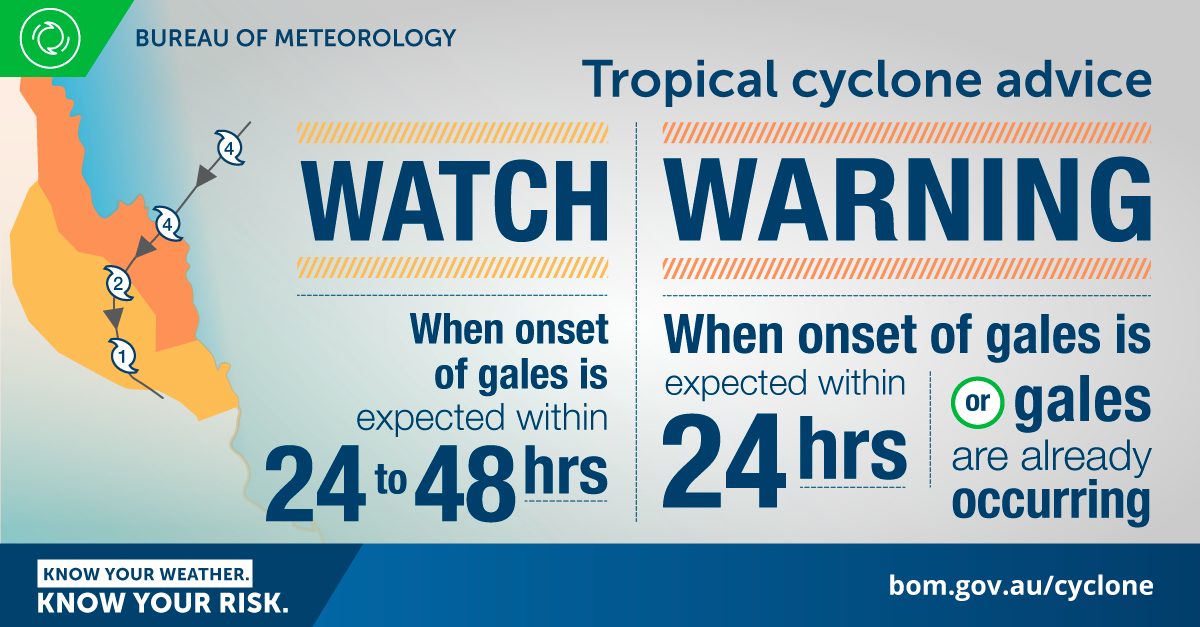
For many, the biggest concern when it comes to tropical cyclones is whether or not they’ll make landfall in their area. However, even if a storm doesn’t make landfall, it’s essential to be prepared for potential flooding and other hazards associated with them.
When you’re planning for a possible cyclone or tropical storm season, please consider both the expected storm’s location and intensity. For example, if you live in an area that often experiences hurricanes but won’t experience Category 5 storms very often-or vice versa-be sure to have plenty of supplies on hand just in case!
Here are some things you can pack for any type of tropical cyclone:
- A portable battery radio with weather warnings and alerts turned on (and extra batteries, if possible).
- A torch and headlamp (in case the power goes out).
- Dried food and water containers in various sizes, enough for at least three days without refilling. Canned food is also a good option during extreme weather conditions.
- A can opener (for opening canned goods).
- A first-aid kit, including medical supplies such as syringes and adhesive bandages.
- A heavy jacket or a windscreen cover for your car in case of high winds.
- Plastic bags to line doorways and keep the rain out, if necessary.
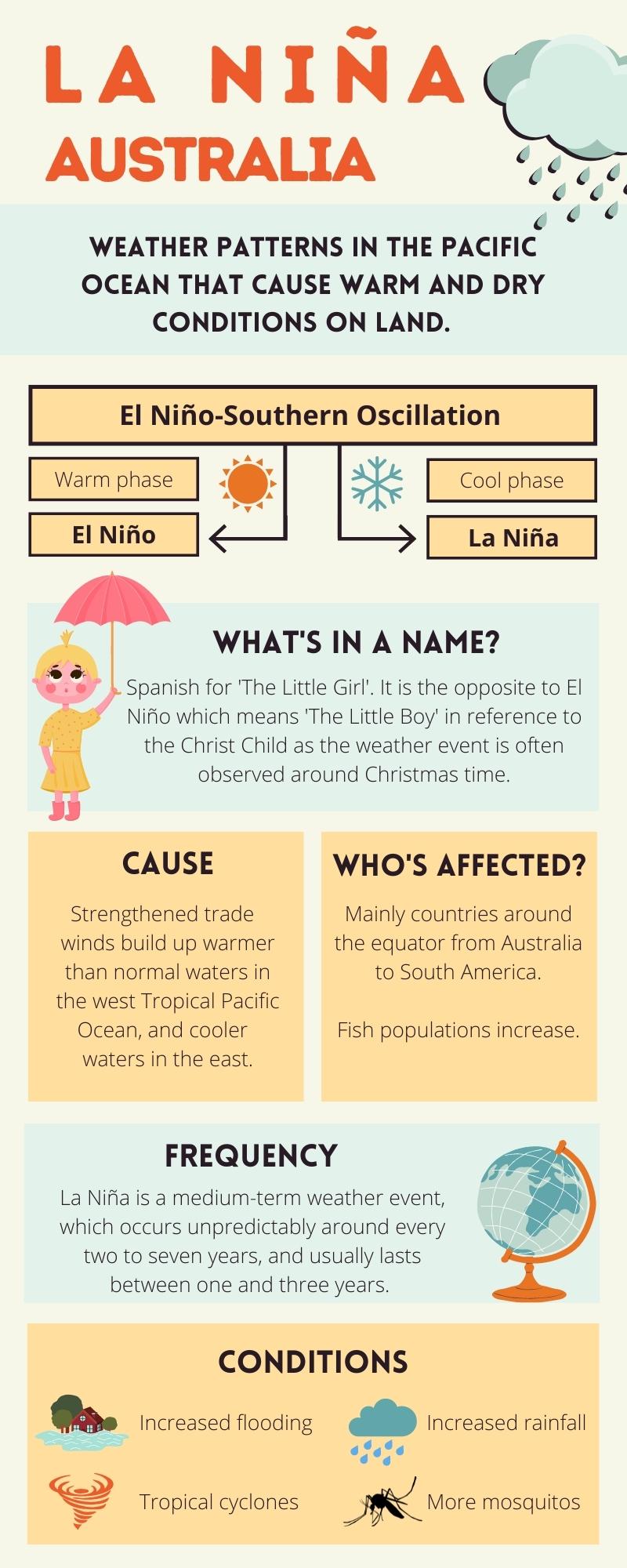
Frequently Asked Questions
What are the different stages of a tropical cyclone?
Tropical disturbances, tropical depressions, tropical storms, and full-fledged cyclones are all stages of development for tropical cyclones. The level of water vapour determines each stage in the atmosphere. Formation and Initial Development, Full Maturity, and Modification or Termination are the three stages.
What are the five categories of tropical cyclones in Australia?
Cyclones are natural phenomena that form between the tropics and the equator. There are five different categories of cyclones based on their strength.
Tropical cyclones can be classified from Category 1 (the weakest) to Category 5 (the strongest).
What are the five categories of tropical cyclones in Australia?
- Category 1: Cyclones with a mean wind speed of 63 to 88 km/h. These storms can cause significant damage and loss of life if they form near populated areas.
- Category 2: Cyclones with a mean wind speed of 89 to 130 km/h. These storms can cause extensive damage but typically do not result in fatalities or significant loss of life.
- Category 3: Cyclones with a mean wind speed of 131 to 160 km/h.These storms are capable of causing severe damage and may cause fatalities if they form near populated areas.
- Category 4: cyclones with a Mean Wind Speed greater than 161kmph, which is the equivalent of a Super Typhoon on the Saffir-Simpson scale
- Category 5: The strongest tropical cyclones, which can have wind speeds of over 200 km/h and are capable of causing devastating damage with high fatality rates.
When was cyclone Tracy?
Although not as destructive as some other cyclones, Tropical Cyclone Tracy was still very dangerous. The storm made landfall in Darwin at around 2 am on Christmas morning, 1974, and quickly became a Category 4 hurricane with wind speeds of 217 kilometres per hour.
Tracy caused significant damage to buildings and infrastructure in the city before eventually passing over into the Australian Northern Territory. Seventy-one people died due to the storm, and 80% of Darwin was destroyed when it made landfall again on September 20th, 2022. Tracy caused $2 billion worth of damage throughout its life cycle.
What does a cyclone look like
Cyclones are created when bands of storm clouds rotate around a centre of low pressure. Low-pressure regions, or “eyes,” are usually located near the surface of the Earth in warm climates. The rotating winds within a cyclone help to keep the air moving and create weather conditions typical for that particular area, such as strong winds and rain.
When was Cyclone Yasi
On January 26th, 2011, a tropical low formed near Fiji. The next day, the system intensified rapidly and was named Yasi. On January 29th, Yasi made landfall between Innisfail and Cardwell in Queensland as a severe tropical cyclone. Storm surges were also reported along the coast as the storm moved through land.
As Cyclone Yasi tracked westward over land, it made landfall again on February 3rd near Cairns as a category three cyclone. Preparations for Cyclone Yassi were underway after Category two Cyclone Anthony had impacted north Queensland just four days earlier.
What happened in cyclone Yasi
Cyclone Yasi battered the Australian coastline with winds gusts of up to 330 km/h and torrential rainfall that caused widespread damage. The storm resulted in at least 47 fatalities, most of which occurred near Cairns.
More than 2 million people were left without electricity or water due to Cyclone Yasi, and billions of dollars worth of damage were inflicted on infrastructure, including homes, businesses, and roads.
What is the difference between cyclones, typhoons, and hurricanes?
Hurricanes form over the North Atlantic Ocean and Northeast Pacific, while cyclones form over both the South Pacific and the Indian Ocean. Hurricanes, typhoons, and cyclones are all tropical storms that develop in the tropics.
The only difference between them is where they form – hurricanes form in the Eastern Pacific Ocean off the coast of Mexico and Central America. In contrast, typhoons form in the Western Pacific Ocean off Japan.
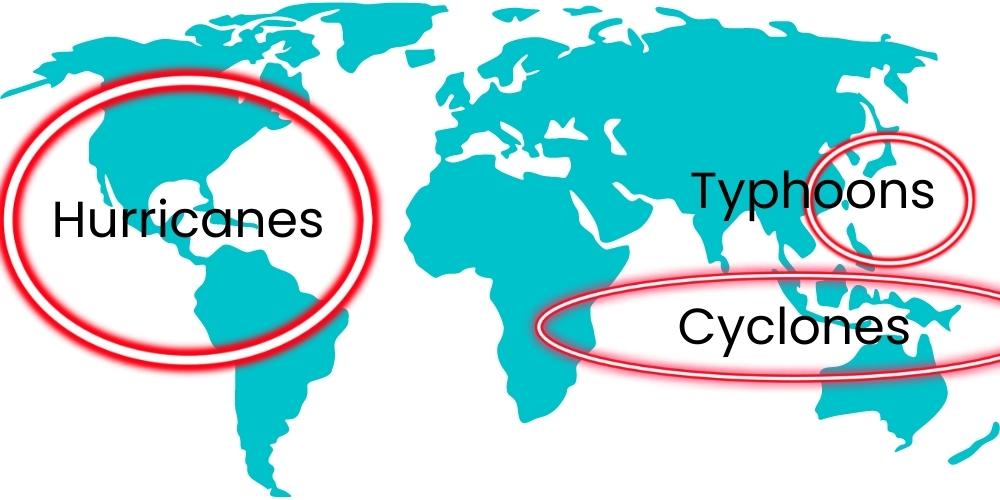
Both hurricanes and typhoons are referred to as tropical cyclones by meteorologists because they share some common features – such as their ability to produce heavy rainfall over large areas – but also have distinct differences due to their origins.
Conclusion
A tropical cyclone is a type of storm typically found in tropical waters. These storms are very intense and can cause heavy rainfall, strong winds, and even storm surge.
If you are in a tropical cyclone zone, follow all the evacuation instructions the government has issued.
You should also stay safe by staying indoors and staying away from windows. If you have any questions or concerns, don’t hesitate to leave them in the comments below!






































